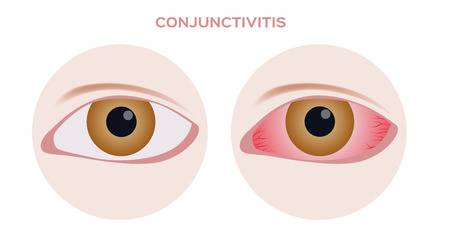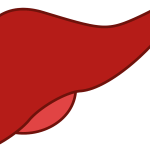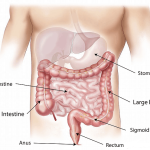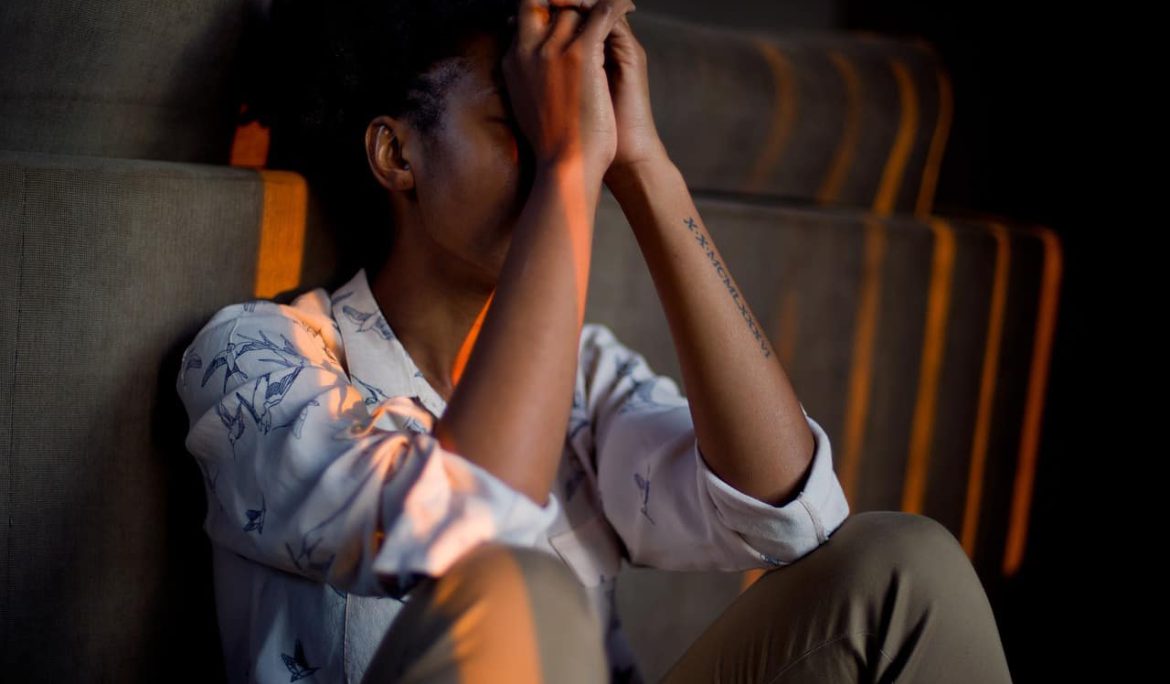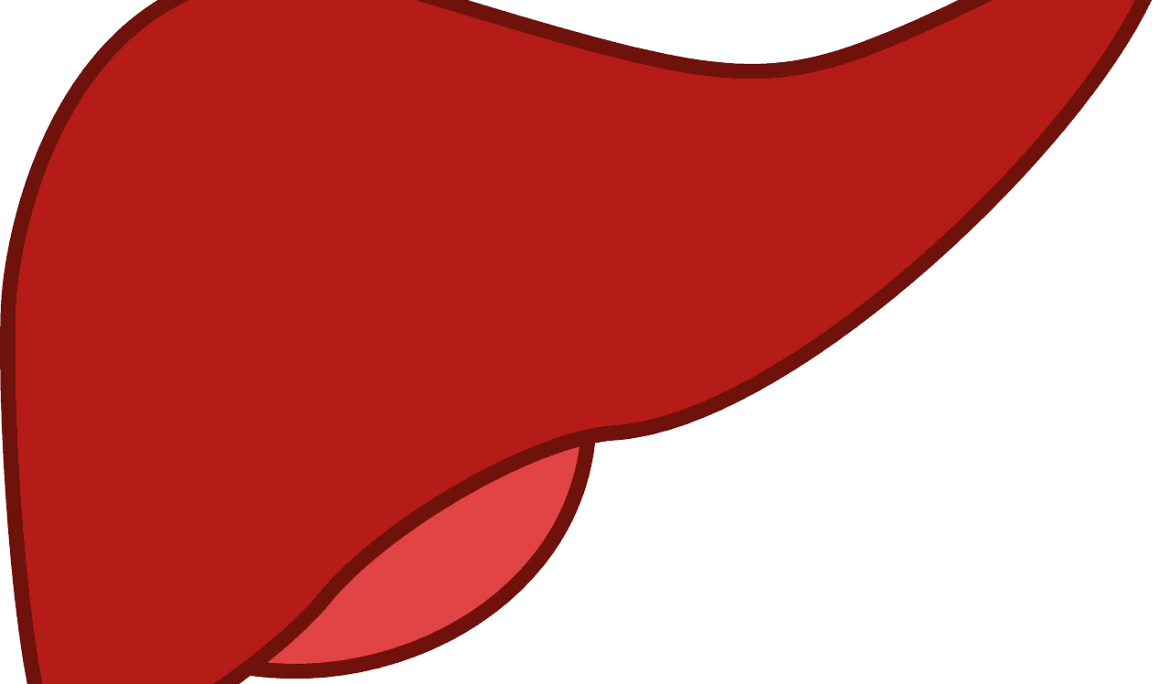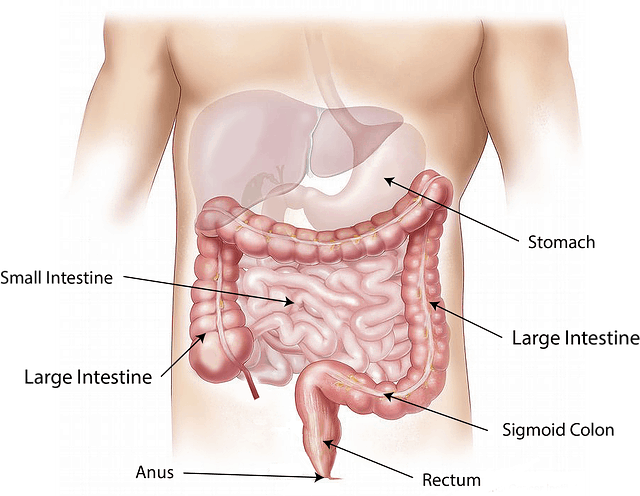Pink eye (conjunctivitis) is an inflammation or infection of the transparent membrane (conjunctiva) that lines your eyelid and covers the white part of your eyeball. When small blood vessels in the conjunctiva become inflamed, they’re more visible. This is what cause the white of our eyes to appear reddish or pink.
The causes of pink eye include, viruses, bacteria, allergies, a chemical splash in the eye, a foreign object in the eye and newborns a blocked tear ducts. The risk factors for pink eye include exposure to an allergen (allergic conjunctivitis), exposure to someone with viral or bacterial conjunctivitis. The most common pink eye symptoms include redness in one or both eyes, itchiness in one or both eyes. A gritty feeling in one or both eyes. A discharge in one or both eyes that forms a crust during the night that may prevent your eyes from opening in the morning and tearing is also often common.
Practice good hygiene to control the spread of pink eye. Don’t touch your eyes with your hands, wash your hands often, use a clean towel and washcloth daily and don’t share towels or washcloths. Change your pillowcases often and throw away your eye cosmetics, such as mascara. Don’t share eye cosmetics or personal eye care items. In newborns an antibiotic ointment is often applied after birth to prevent eye infection. In most cases, your doctor can diagnose pink eye by asking questions about your symptoms and recent health history.
Pink eye treatment is usually focused on symptoms relief. Since conjunctivitis is usually viral and self-limiting anti-biotic eyedrops are often not needed. Make an appointment with your doctor if you notice any signs or symptoms you think might be pink eyes. Pink eye can be highly contagious for as long as two weeks after signs and symptoms begin. Early diagnosis and treatment can protect people around you from getting pink eye too. People who wear contact lenses need to stop wearing their contact lenses as soon as pink eye symptoms begin. If your symptoms don’t start to get better within 12 to 24 hours, make an appointment with your eye doctor to make sure your don’t have more serious eye infection related to contact lens use. Dr. Makemba Shayela Nelson – MBChB – University of Kwazulu-Natal, Durban, South Africa. Nesha Medical Practice.




